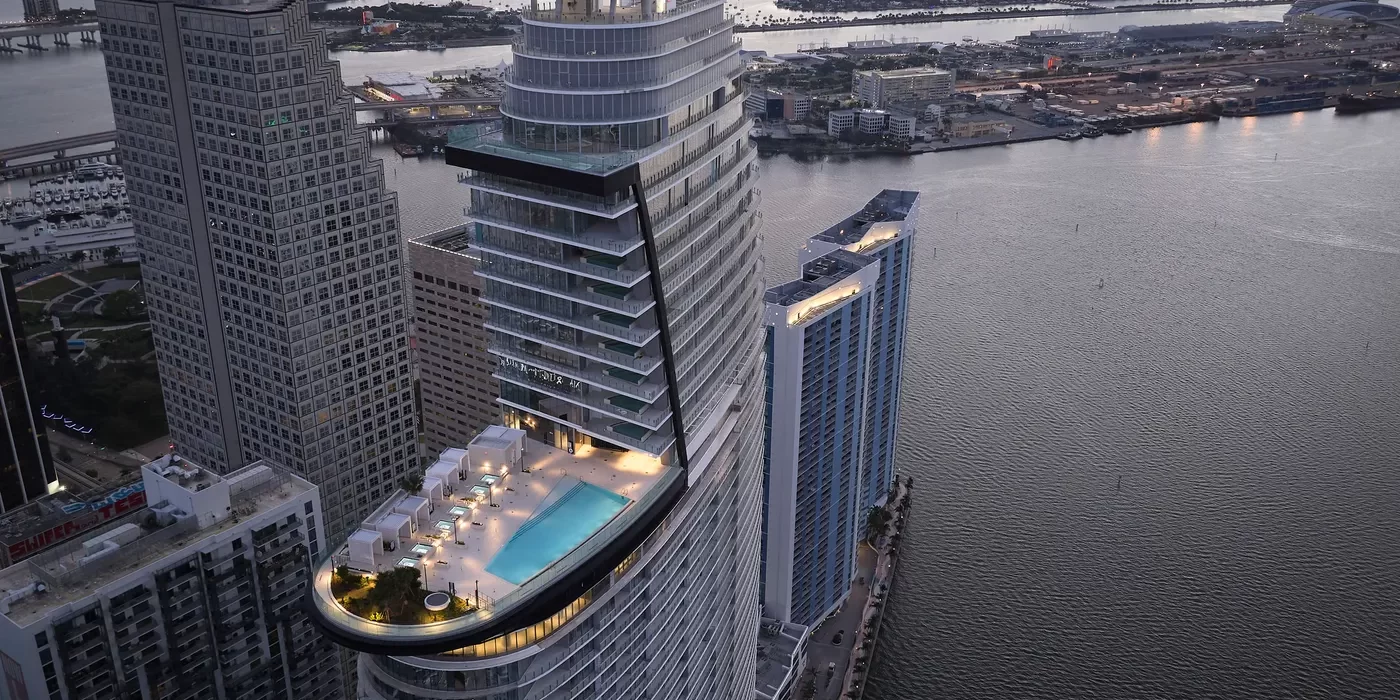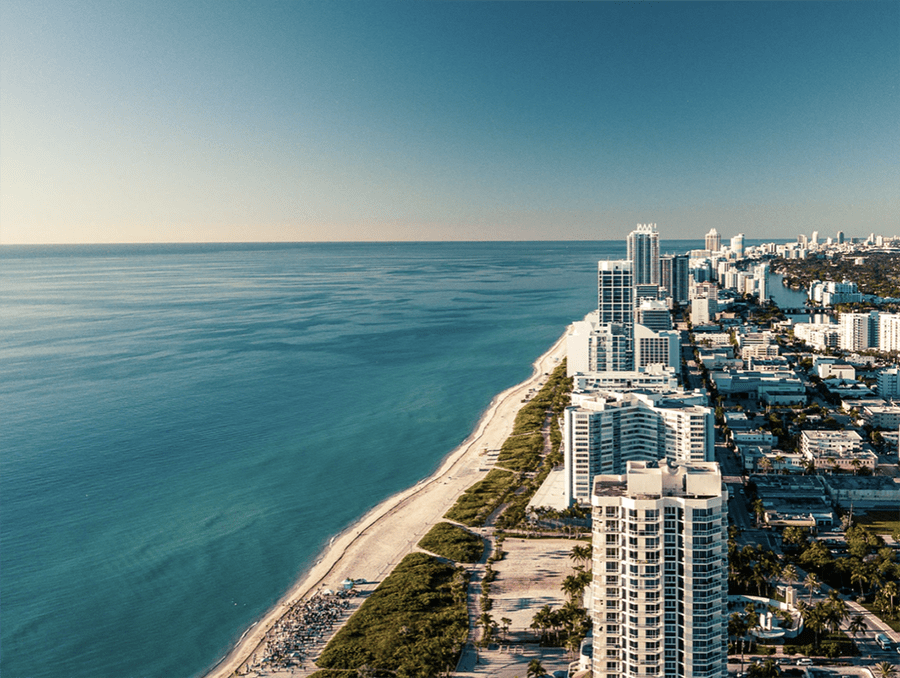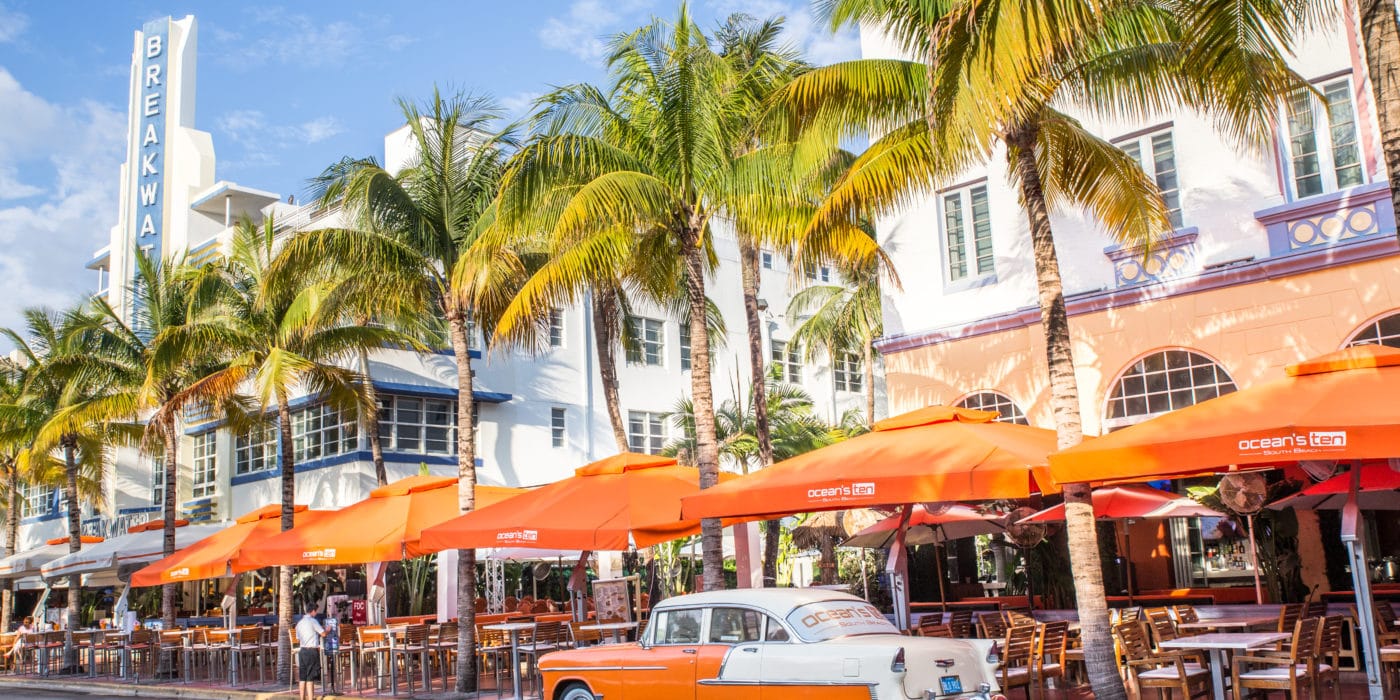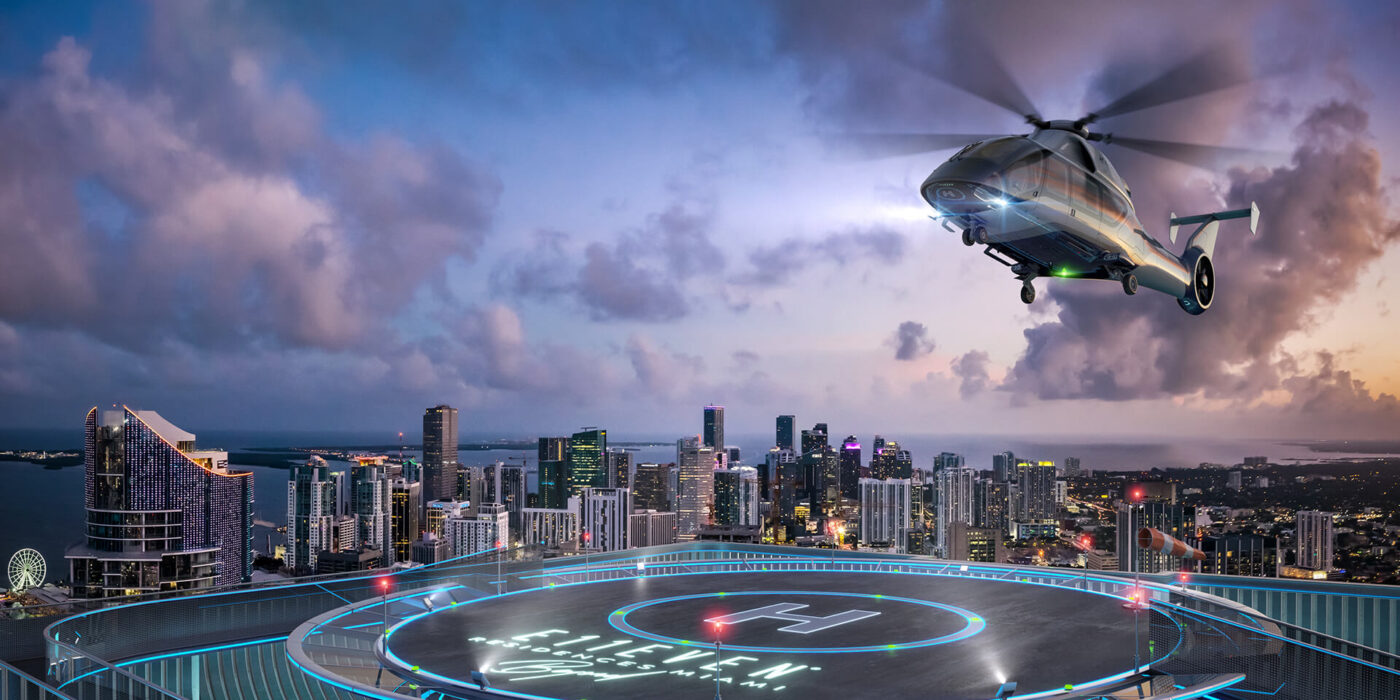The Branded Tower Frenzy of Miami’s Real Estate
In Miami, developers are taking branding to new heights with an explosion of luxury residential towers carrying the cachet of famous names like Porsche, Armani, and even fashion magazine Elle. Attaching prestigious brands to condo projects has become the norm in this sunny metropolis, where foreign buyers crave the assurance of an aspirational lifestyle.
Major Food Group, the hospitality juggernaut behind hot spots like Carbone and Dirty French, is the latest big name leveraging its brand power beyond restaurants. Their upcoming 58-story Villa Miami tower promises residents an immersive experience steeped in the group’s culinary DNA, from kitchens designed by founders Mario Carbone and Rich Torrisi to a double-decker signature restaurant and poolside refreshments. “It’s not about having a label,” says David Martin, CEO of co-developer Terra. “It’s about trying to create an ethos.” This brand-centric approach has been a gamechanger for Miami’s real estate market over the past decade. In a city where addresses lack the same prestigious air as New York’s Park Avenue or Central Park West, luxe branded residences provide an instant status symbol and lifestyle association prized by moneyed buyers, particularly from overseas markets.
“What they do know is brands,” says Oren Alexander of brokerage Official, noting most international purchasers are unfamiliar with Miami’s diverse crop of developers. “In Miami, the brand is the brand.” For developers, landing marquee partnerships accelerates condo sales and pricing premiums as high as 30%. Meanwhile, brands earn lucrative licensing fees and global marketing for their core business. The formula has fueled a gold rush of branded Miami towers by everyone from haute couture houses like Fendi and Missoni to seemingly unlikely luxury purveyors like Diesel jeans and wellness club The Well.
Real estate insiders say the branded residence craze stems from a desire to craft a tangible, marketable lifestyle experience beyond just upscale finishes – a pull particularly potent in brand-obsessed Miami. And they expect this evolution to new extremes. “I think the next phase will be a stack of brands on any given project,” says development advisor Peter Bazeli, pointing to the Four Seasons Residences at The Surf Club, which layers branded components like celebrity chef Thomas Keller’s cuisine atop architecture by Richard Meier.
“Luxury buyers are attracted to the idea that every facet of their lifestyle is effectively branded,” Bazeli adds. Not everyone is sold on the branded residential mania. Some brokers question whether most fashion or automotive brands truly enhance the living experience beyond some branded furniture and accent pieces. There are also buyers staunchly loyal to specific marques who would never inhabit a rival condo tower. Still, in Miami’s spectacle of one-upmanship, branded real estate shows no signs of abating as developers continue one-upping each other to court elite buyers chasing the latest ultra-luxe residential “it” factor. From helicopter-pad topped penthouses to private garage elevators that whisk owners’ Porsches directly into their units, brands are fueling a relentless escalation of opulent residential experiences. For global elites, the name on the building has become the ultimate status symbol.
Photo: Cutting a sail-like silhouette, the 66-story Aston Martin tower soars as a striking presence on the Miami skyline.
Credit: Aston Martin









